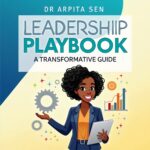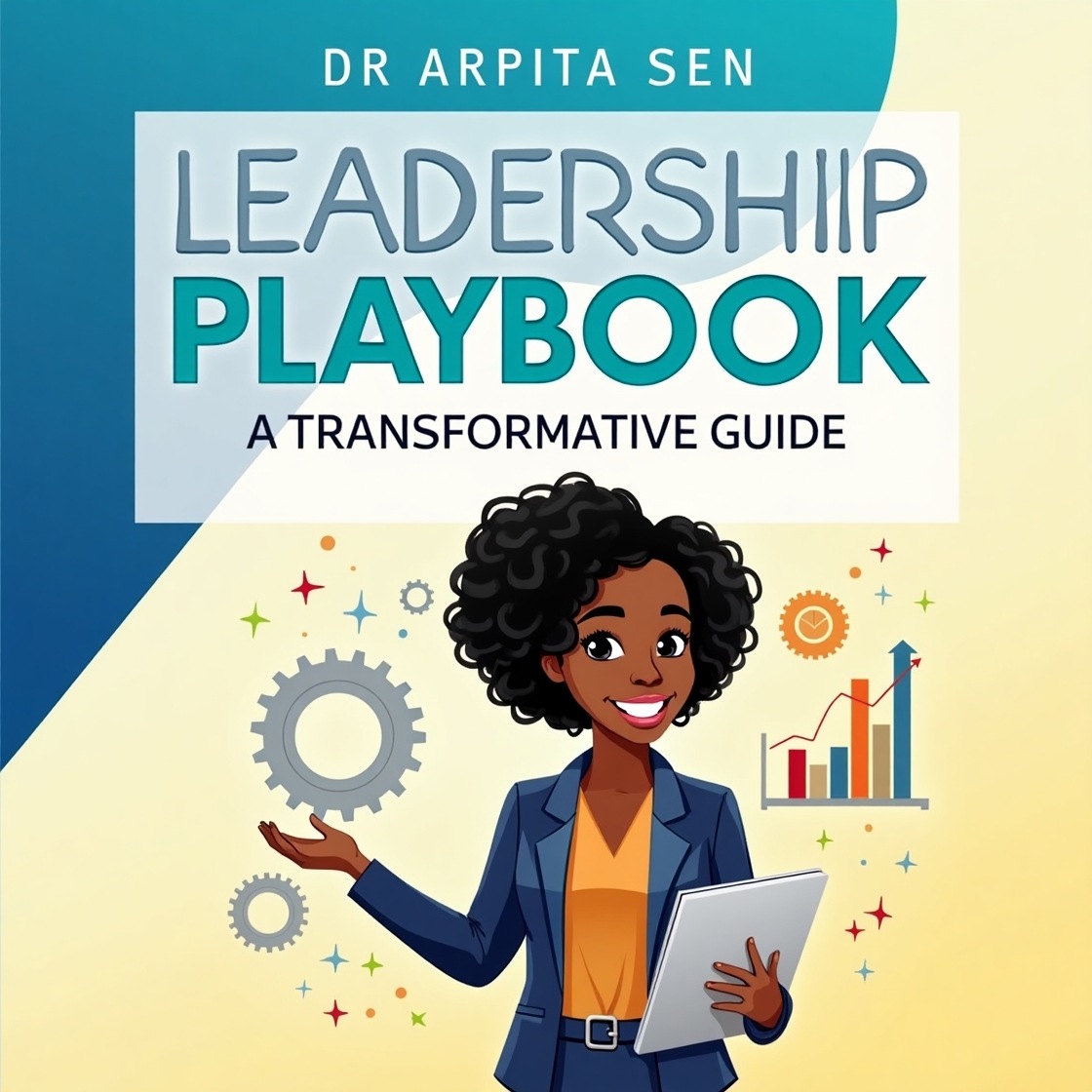Achieving operational excellence through organizational development involves several key strategies and practices that align with the principles of continuous improvement, effective leadership, and employee engagement. Here are the essential steps:
1. Vision and Strategy Setting
Define Clear Goals:
Leaders should set a clear vision and strategy for the organization, outlining long-term goals and the pathways to achieve them. This vision should reflect the organization’s specific goals in areas such as sustainability, efficiency, quality, or customer satisfaction
Example: Leaders at Danaher Corporation have set a clear vision of “Helping Realize Life’s Potential” and a strategy centered on the Danaher Business System (DBS) – a continuous improvement methodology that drives operational excellence across its various businesses. The company’s leaders have defined long-term goals and identified specific pathways to achieve them, reflecting the organization’s focus on sustainability, efficiency, and quality.
2. Effective Communication
Communicate Clearly:
Leaders must communicate the operational excellence goals and strategies to employees, explaining their roles and expectations. This includes providing feedback and open channels for discussion to address challenges and foster collaboration
Example: Caterpillar, the heavy equipment manufacturer, is known for its strong communication practices. The company’s leaders regularly engage with employees, share progress updates, and solicit feedback to drive continuous improvement. This open communication has been a key factor in Caterpillar’s operational excellence journey.
3. Respect for Individuals
Empower Employees:
Treat employees with respect and esteem, recognizing their contributions and providing opportunities for growth and development. This fosters a positive and supportive work environment
Example: Ritz-Carlton, the luxury hotel chain, is renowned for its unwavering commitment to respecting and empowering its employees. The company’s leaders foster a culture of mutual respect, enabling employees to deliver exceptional customer service and drive operational excellence.
4. Inclusion and Collaboration
Involve Stakeholders:
Include employees, clients, partners, suppliers, and the community in the developmental plan. Collaborate with all stakeholders to define value and ensure that everyone is aligned with the organization’s goals
Example: Procter & Gamble, the consumer goods giant, collaborates with various stakeholders, including employees, customers, and suppliers, to define value and ensure alignment with the organization’s goals. This inclusive approach has been instrumental in P&G’s pursuit of operational excellence.
5. Accountability
Enforce Compliance:
Ensure that everyone is accountable for their actions and decisions. This involves making collective decisions that promote the organization’s mission and drive compliance with operational excellence goals.
Example: Aerospace giant, Boeing, has implemented a robust accountability framework to support its operational excellence initiatives. The company’s leaders hold cross-functional teams responsible for achieving specific operational targets, fostering a culture of collective ownership and accountability.
6. Continuous Improvement
Embrace Change:
Celebrate change and transformation, and ensure that strategies, policies, processes, and people are dynamic to adapt to the ever-changing business environment
Example: Lean manufacturing pioneer, Toyota, has a relentless focus on continuous improvement, known as “Kaizen.” The company’s leaders actively promote a culture of continuous learning and problem-solving, empowering employees at all levels to identify and address operational inefficiencies.
7. Leadership Commitment and Support
Inspire and Guide:
Effective leaders inspire and guide their teams to strive for business excellence. They actively participate in improvement initiatives and set an example for continuous improvement
Example: Nestlé, the multinational food and beverage company, has demonstrated its leaders’ commitment to operational excellence. The company’s leaders actively participate in improvement initiatives and set an example for continuous improvement, inspiring and guiding their teams to strive for business excellence.
8. Training and Development
Invest in Employees:
Provide necessary training and development opportunities for employees to fully participate in the operational excellence process. This includes learning new skills, sharing best practices, and promoting a culture of continuous learning.
Example: Procter & Gamble invests heavily in training and development opportunities for its employees, enabling them to acquire new skills, share best practices, and promote a culture of continuous learning – all of which are essential for achieving operational excellence.
9. Team Building and Management
Build and Manage Teams:
Leaders should build and manage teams effectively, considering each team member’s skills, experiences, and strengths. This ensures that every team member contributes effectively to the operational excellence process.
Example: Toyota’s exceptional team-based approach to problem-solving and continuous improvement is a testament to the company’s leadership in team building and management. The company’s leaders empower cross-functional teams to identify and address operational issues, leveraging the diverse expertise of team members.
10. Flexibility and Adaptation
Manage Strategies Flexibly:
Leaders must manage strategies with flexibility, adapting to the needs of the business and changes in the external environment. This flexibility is critical for sustaining operational excellence over time.
Example: Nestlé has demonstrated its ability to adapt its operational strategies to changing market conditions. The company’s leaders continuously evaluate and refine their processes to maintain a competitive edge and deliver operational excellence, showcasing the importance of flexibility and adaptation.
By following these strategies, organizations can achieve operational excellence through organizational development, ensuring that every aspect of the business is optimized for continuous improvement, efficiency, and customer satisfaction.











